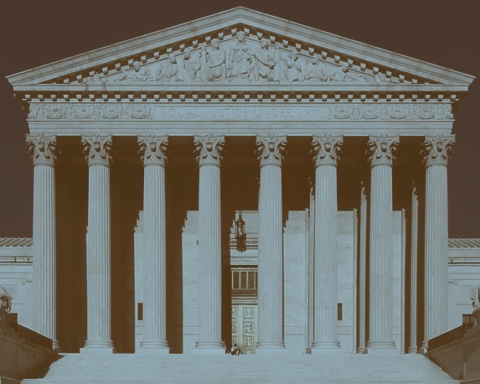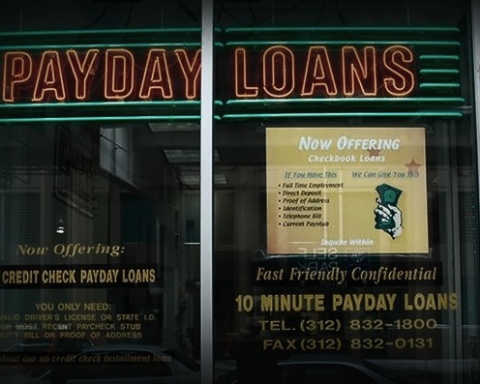Improving long-term labor market conditions could see workers with a greater bargaining chip at the negotiating table, according to data released Tuesday by the Bureau of Labor Statistics.
The ratio of unemployed workers per job opening fell to about 2 in October–down from 3.1 on a year-over-year basis and a post-recession high of 7.7 in October 2009. The measure also fell on a monthly basis by 0.2, from 2.2 in September.
The number of job-seekers per vacancy has not been this low since Jan. 2008, and it has steadily decreased since December 2012.
The economy and the labor market, however, still bare the burden of the 2008 financial collapse, and neoliberal policy.
As The Sentinel reported last week, fiscal austerity has slowed the growth of the labor market, and the Treasury Department has warned that the rapid and oversight-bereft expansion of corporate debt
Reflecting a general malaise, labor force participation has steadily fallen since the ratio of unemployment to vacancies peaked in October 2009, from 65 percent to 62.8 percent in October. Idle workers who decide to stop seeking a job are not considered “unemployed” or part of the labor force.
Inflation-adjusted median weekly usual earnings have also fallen steadily since 2009 and were at their 2006 level in the third quarter of this year.






